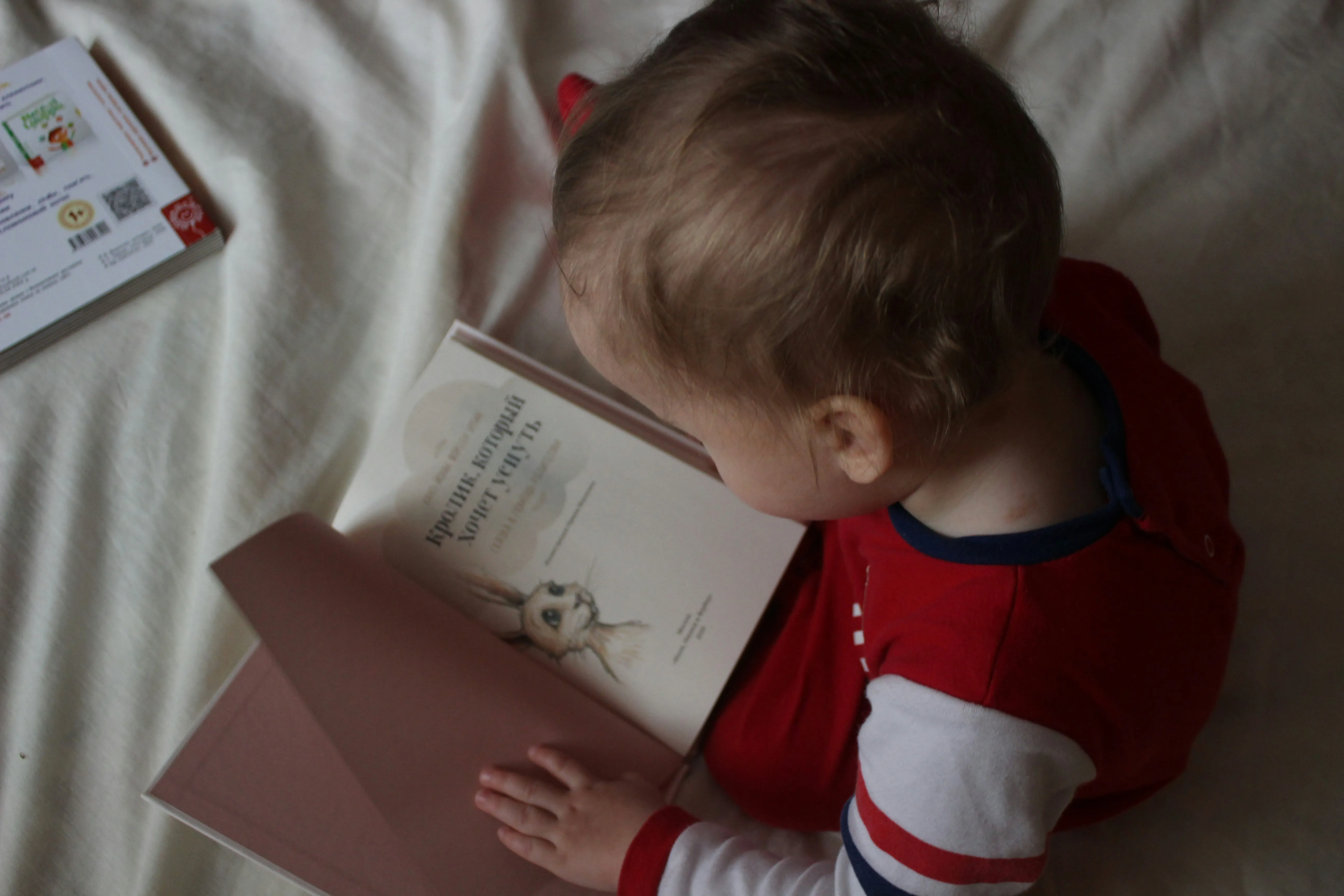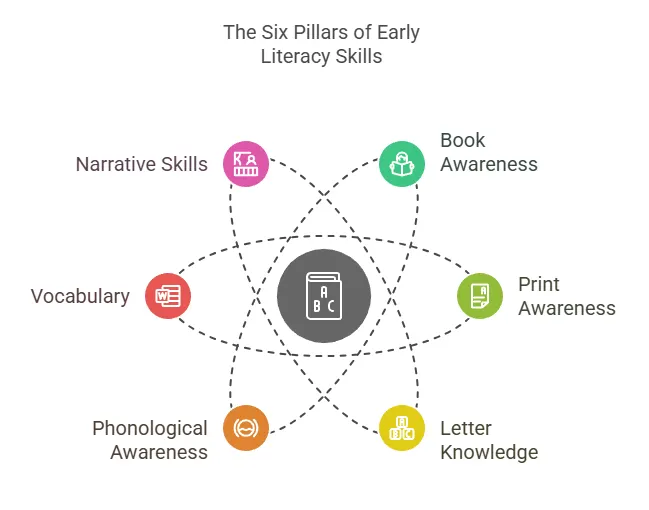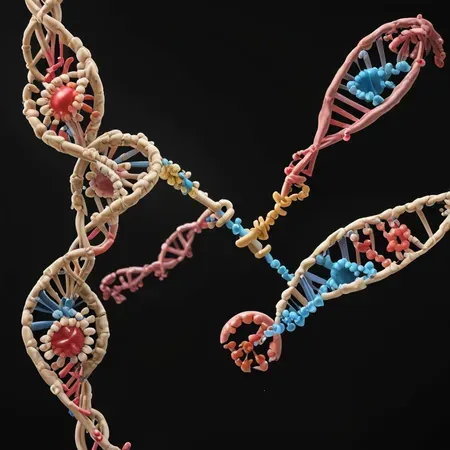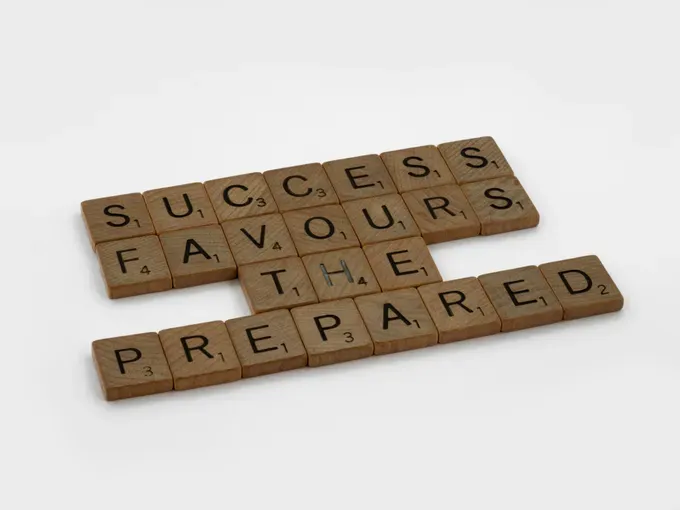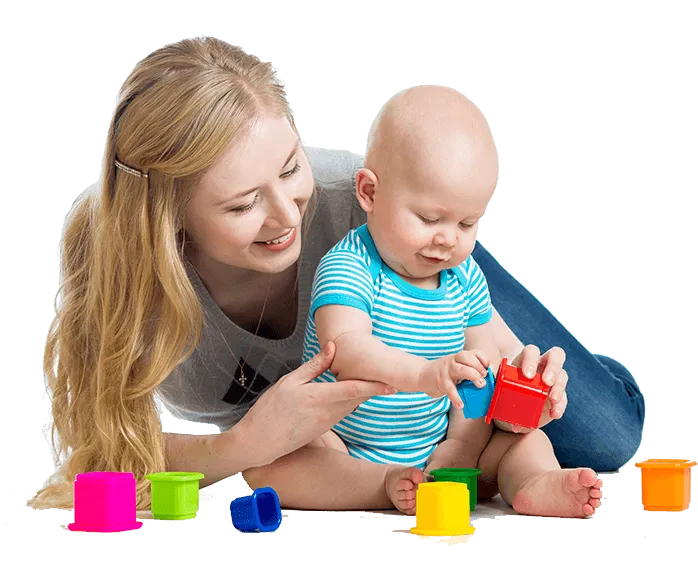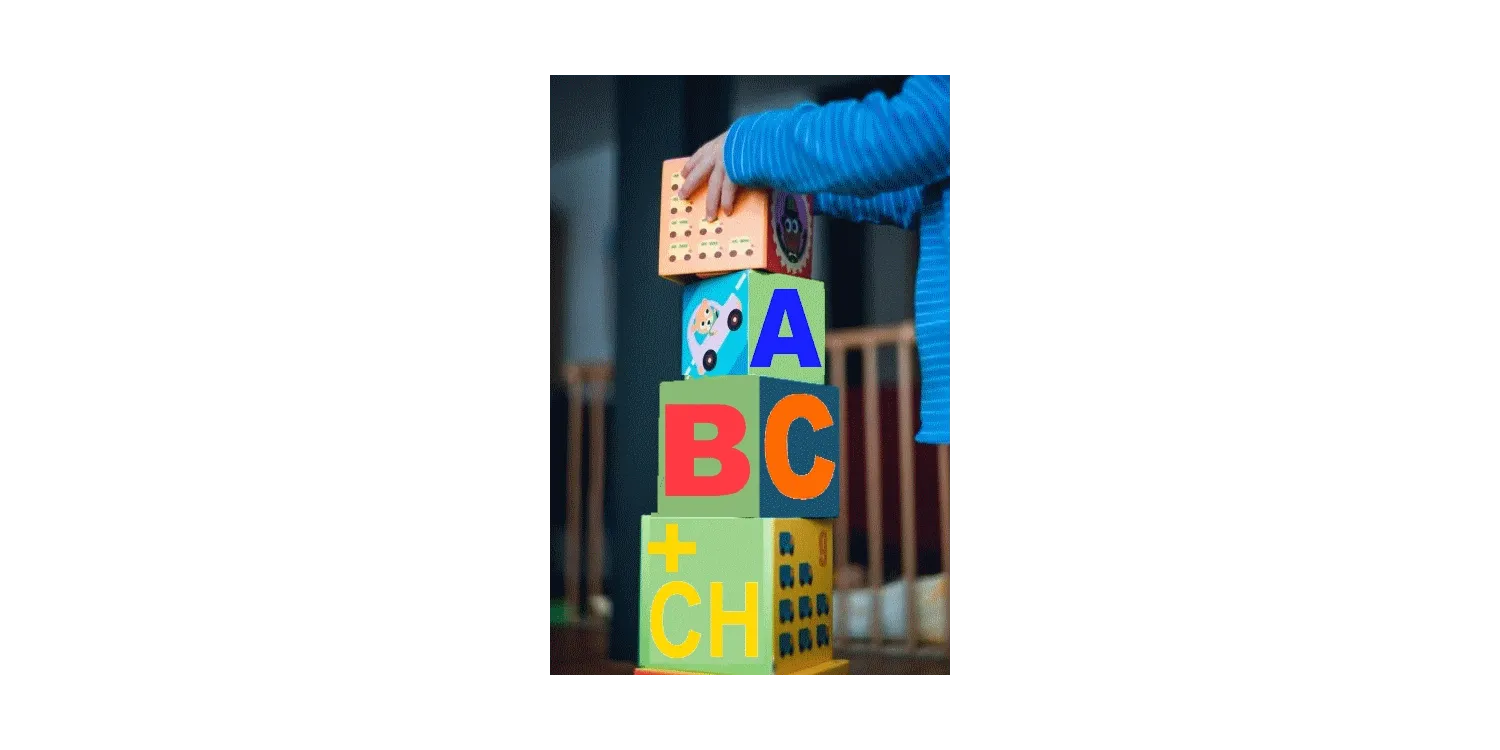The Ultimate Guide to First Foods for Baby

Baby's First Solid Foods
Introduction
Introducing solid foods is a significant stepping stone in your baby's development. This comprehensive guide, tailored for new parents and caregivers, provides evidence-based information on starting solids, with a focus on safety, nutrition, and fostering healthy eating habits.
Understanding Baby's Readiness for First Foods
The Canadian Paediatric Society recommends introducing solid foods at about six months of age[1]. However, every baby develops at their own pace.
Look for these signs of readiness:
- Good head and neck control
- Ability to sit up with minimal support
- Loss of tongue-thrust reflex
- Increased interest in food
Always consult your healthcare provider before starting solids to ensure your baby is ready and to address any specific concerns.
Nutritional Guidelines for Baby's First Foods

The Role of Iron and Other Key Nutrients
Iron is crucial for brain development and overall growth. Health Canada recommends iron-rich foods as first foods for babies[2].
Good sources include:
- Iron-fortified infant cereals
- Well-cooked and finely minced meat, poultry, and fish
- Cooked egg yolks
- Legumes (beans, lentils)
Other essential nutrients include:
- Zinc: Found in meat, fish, and fortified cereals
- Calcium: From dairy products, fortified plant-based beverages (for babies over 9 months), and leafy greens
- Vitamin D: A supplement of 400 IU daily is recommended for all breastfed infants[3]
Balancing Breastmilk or Formula with Solids

Breastmilk or formula remains the primary source of nutrition throughout the first year. Introduce solids as complementary foods, gradually increasing variety and quantity as your baby grows[4].
Step-by-Step Guide to Introducing First Foods

Step 1: Choosing the Right First Foods
Start with iron-rich foods, followed by a variety of vegetables, fruits, and protein sources. Introduce common allergens early, as this may help reduce the risk of food allergies[5].
Step 2: Preparing Baby's First Meals
Begin with smooth purées, progressing to mashed and soft finger foods as your baby develops. Avoid adding salt, sugar, or honey to baby foods[6].
Step 3: Setting a Feeding Schedule
Start with one solid meal per day while continuing to breast or bottle feed, gradually increasing to 2-3 meals and 1-2 snacks by 12 months. Follow your baby's hunger and fullness cues[7].

Step 4: Monitoring Baby's Response to New Foods
Introduce new foods one at a time, waiting 2-3 days before introducing another to watch for any adverse reactions[8].
Baby-Led Weaning: An Alternative Approach

Baby-led weaning involves offering soft, finger-sized pieces of food for babies to self-feed. This approach can promote independence and motor skill development. However, ensure foods are prepared safely to prevent choking[9].
Food Safety and Preparation

- Always wash hands and surfaces before preparing baby food
- Cook meats thoroughly and avoid raw or undercooked foods
- Refrigerate or freeze homemade baby food promptly
- Avoid honey for babies under 12 months due to the risk of botulism
Choking Prevention and Response
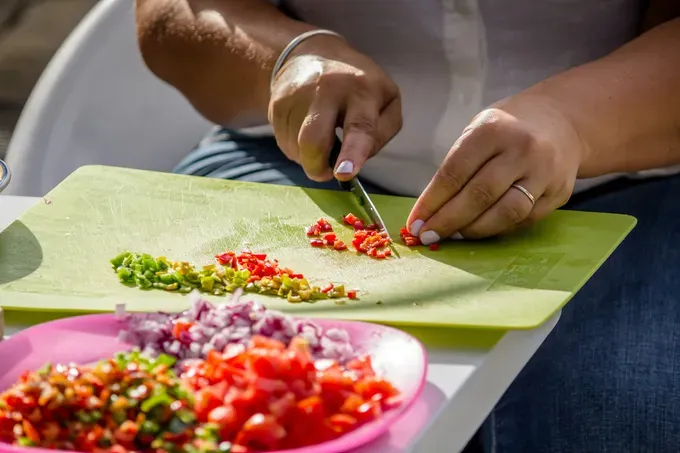
- Cut foods into small, manageable pieces
- Avoid high-risk foods like whole grapes, nuts, and hard candies
- Always supervise your baby during meals
- Learn infant CPR and choking first aid
Portion Sizes and Feeding Frequency
Portion sizes vary greatly among babies. Start with small amounts (1-2 teaspoons) and increase gradually based on your baby's appetite. By 12 months, aim for:
- 3-4 meals per day
- 1-2 snacks
- Continued breastfeeding or formula as desired
Celebrating Stepping stones
Every baby's journey with food is unique. Celebrate small victories and be patient with challenges. Remember, the goal is to introduce a variety of foods and textures while fostering a positive relationship with eating.
Conclusion
Introducing solids is an exciting time for both babies and parents. By following these guidelines and staying attuned to your baby's needs, you can help establish healthy eating habits that will last a lifetime.
Always consult with your healthcare provider for personalized advice.
References:
[1] Canadian Paediatric Society. (2021). Feeding your baby in the first year.
[2] Health Canada. (2015). Nutrition for Healthy Term Infants: Recommendations from Birth to Six Months.
[3] Vitamin D supplementation: Recommendations for Canadian mothers and infants. Paediatr Child Health. 2007;12(7):583-598.
[4] Dietitians of Canada. (2019). Infant Nutrition Guidelines.
[5] Canadian Paediatric Society. (2019). Timing of introduction of allergenic solids for infants at high risk.
[6] Health Canada. (2020). Infant food safety.
[7] Dietitians of Canada. (2018). Sample Meal Plans for Feeding Your Baby.
[8] Canadian Paediatric Society. (2020). Feeding your baby: 6-12 months.
[9] Dietitians of Canada. (2019). Baby-Led Weaning.
Government of Canada. (2021). Food safety for children ages 5 and under.
Canadian Red Cross. (2021). Choking and rescue breathing for babies under 1 year.
Health Canada. (2014). Nutrition for Healthy Term Infants: Recommendations from Six to 24 Months.
Links:
[1] https://www.canada.ca/en/health-canada/services/canada-food-guide/resources/nutrition-healthy-term-infants/nutrition-healthy-term-infants-recommendations-birth-six-months/6-24-months.html
[2] https://www.nestlebaby.ca/babys-first-foods-step-step-guide
[3] https://www.parentinginottawa.ca/en/babies-and-toddlers/introducing-solid-foods-6-12-months.aspx
[4] https://www.redcross.ca/blog/2022/7/what-to-do-when-a-child-is-choking
[5] https://www.gov.nl.ca/healthyeating/baby/building-healthy-eating-habits/what-is-baby-led-weaning/
[6] https://myhealth.alberta.ca/Health/pages/conditions.aspx?hwid=te4473
[7] https://www.healthyparentshealthychildren.ca/im-a-parent/older-babies-6-12-months/feeding-starting-solid-foods/
[8] https://caringforkids.cps.ca/handouts/healthy-living/feeding_your_baby_in_the_first_year

























